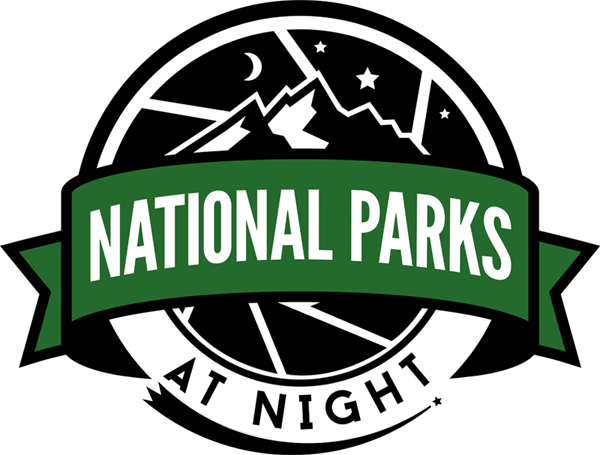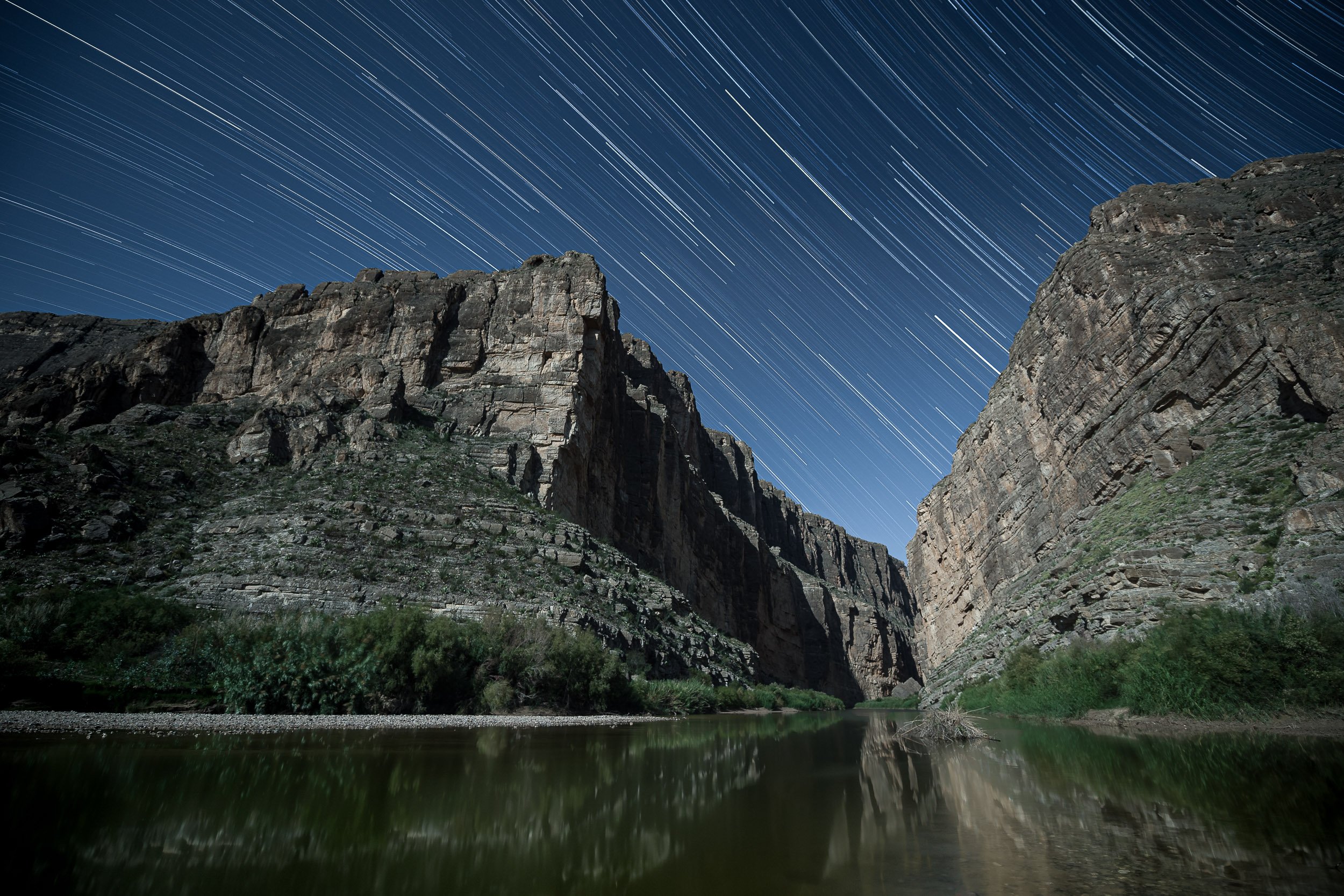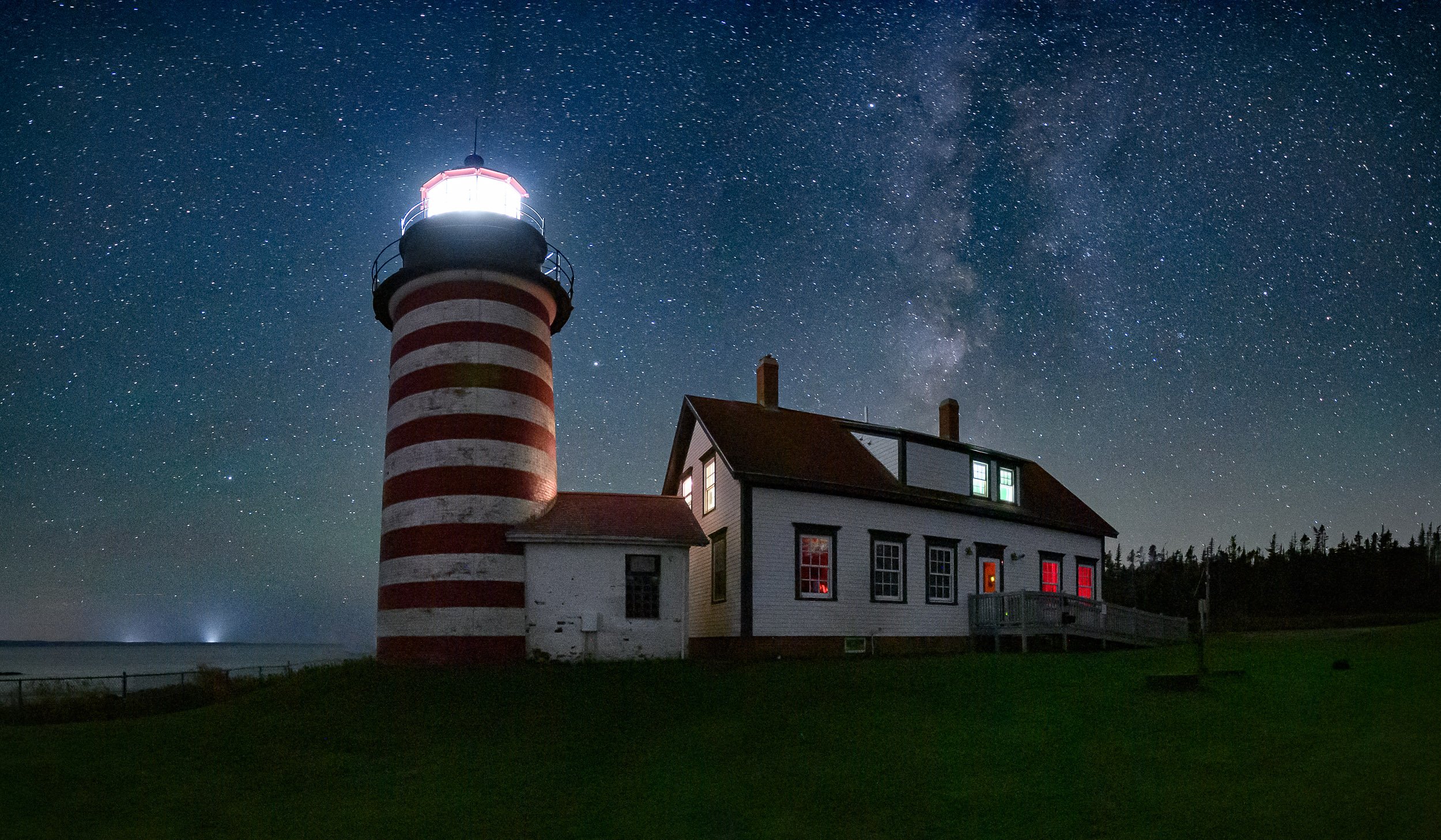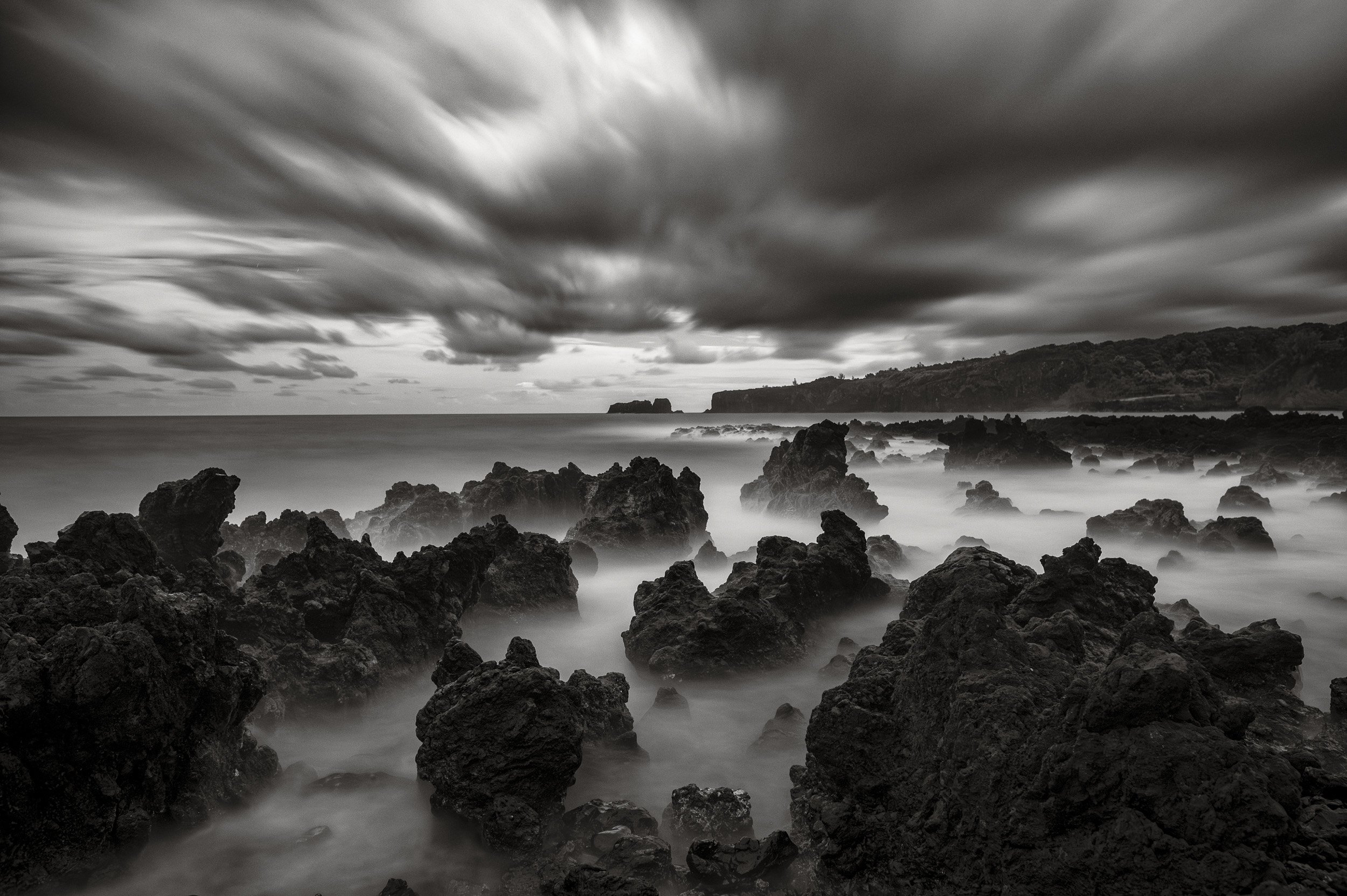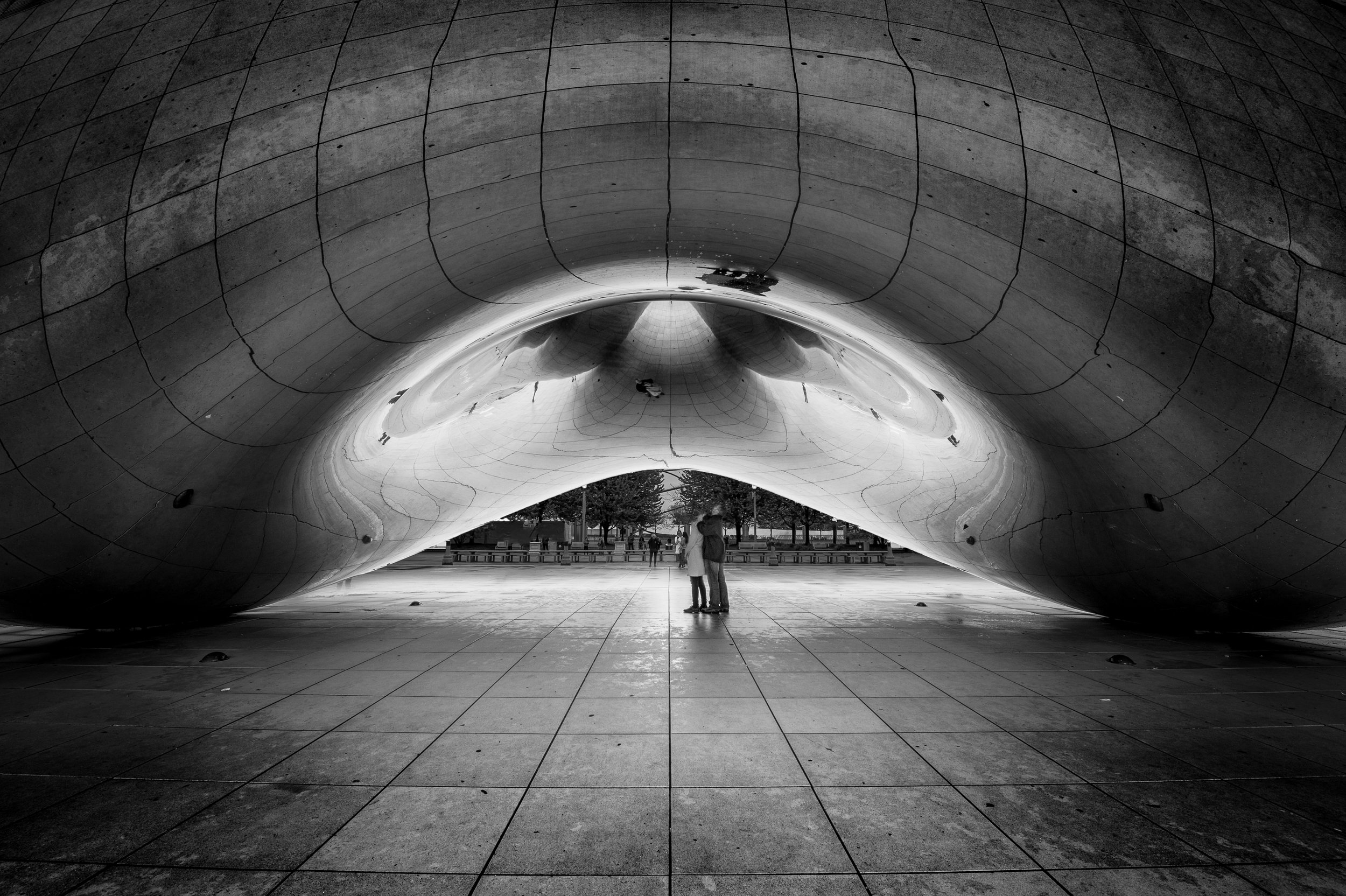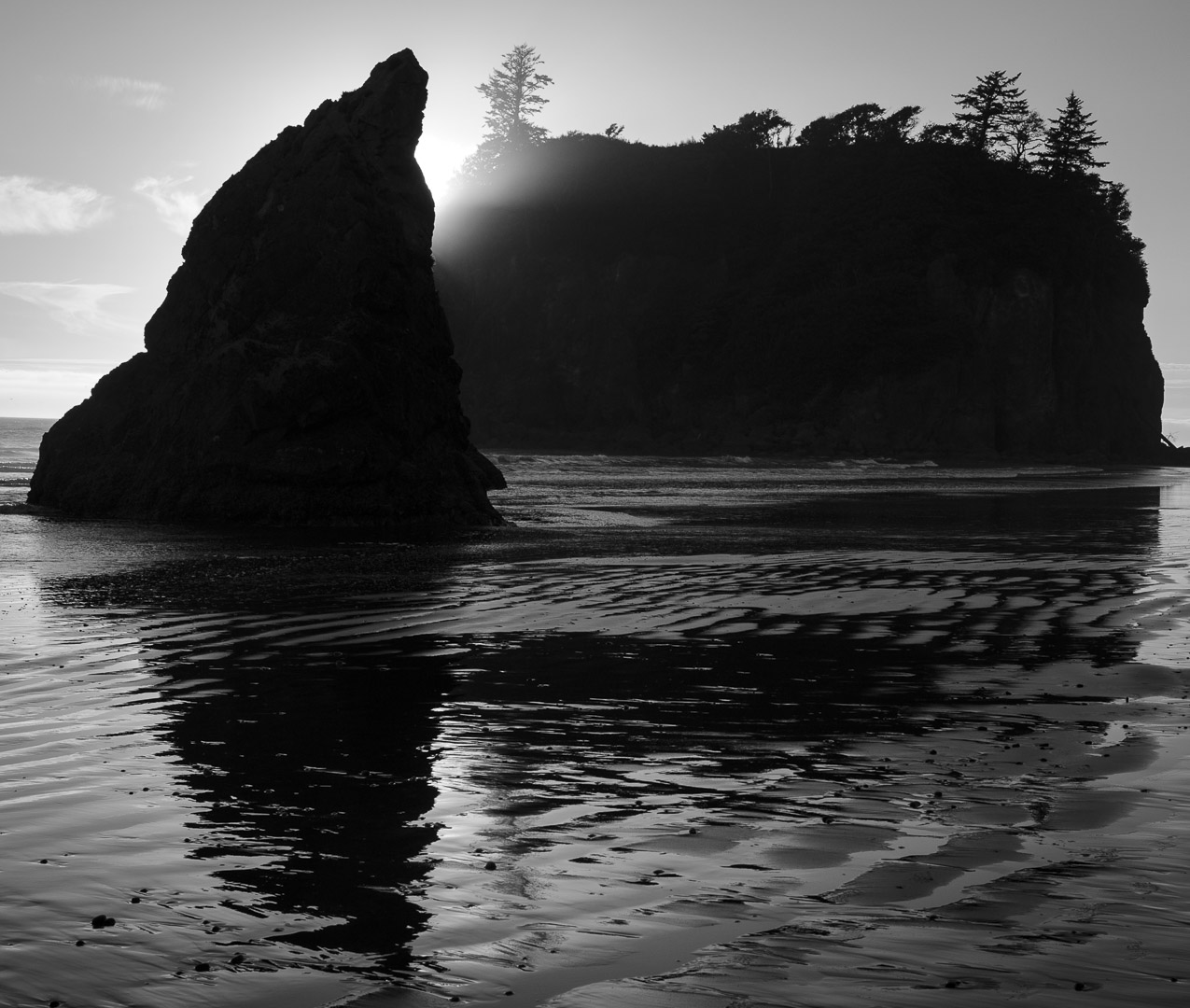How We Got the Shot: Wildrose Charcoal Kilns of Death Valley National Park
Wildrose Charcoal Kilns, Death Valley National Park. © 2017 Lance Keimig.
The Location
Last month I led a small private workshop to do night photography and light painting in Death Valley National Park. With only five participants in the workshop—all of them advanced—we spent our time differently and chose locations that could not be accessed with larger groups. One place everyone wanted to go was to the Wildrose Charcoal Kilns, which are among the most interesting architectural and historical features in the park.
The ten charcoal kilns were built by the Modock Consolidated Mining Company and completed in 1877. They were built to provide fuel for two lead/silver smelters––about 25 miles away. They were used for only a couple of years, which accounts for their remarkably good condition. They are aligned in a row at about 8,000 feet of elevation, which makes for a challenging night photography location in late November!
I had been to the kilns only once before, in 2012, and had been looking forward to another chance to photograph them. Despite my return visit being five years later, the conditions were remarkably similar: cold and windy with an almost full moon. On my first visit, I was there with Scott Martin, Aaron Grimes, and Russell Brown from Adobe. Russell had brought a brand new Wescott Ice Light, the likes of which we had never seen. That’s another story, but it reminds me of just how fast technology is moving, as today there are many similar tools for a wide range of purposes and budgets. Back then, we were mightily impressed, and used it to great effect.
The Setup
Back to the present… After spending a few minutes exploring and talking about how we would tackle this project, we decided to work as a group on the first shot, and then split up and work with individual kilns. From my previous visit, I knew that the only way for a group to photograph the entire set of kilns at once was to do so from a similar location. We chose to work from the downhill end of the row, which meant we were facing almost due east.
We set up in a row, with my camera being furthest out from the kilns, which meant that I had the least oblique angle, and could see more of the most distant kilns in my image. This also meant that I couldn’t include the first kiln without also including the first couple of photographers in the shot. I simply rotated my camera to the right, and completely excluded the first kiln rather than have it partially in the frame.
Figure 1. The basic setup for the shot. I would be doing the final shot at the camera’s native ISO of 64, so the test shot was done at ISO 4000, six stops more than the final. Nikon D850, Nikon 14-24 mm f/2.8 lens at 24 mm. 8 seconds, f/8, ISO 4000.
I had the good fortune to be working with the outstanding new Nikon D850, which Nikon Professional Services had sent me for testing and review. (My next blog post—to run in early January—will be an in-depth review of the camera as a night photography tool.) I set the focal length of the 14-24mm lens to 24mm, which was still just a bit wider than I needed from this camera position. That was fine, as I was tilting the camera upward, and I knew that I would be using the Transform tab in Lightroom’s Develop module to correct the perspective, and would lose a bit from the sides of the composition in the process.
The Exposure
After the composition and focus was set, the next step was to figure out the ambient exposure. Since we were working with an almost full moon, we decided that star trails would be a better option than star points, as the dimmer stars would be obscured by the moonlight anyway. This also gave us the added advantage of being able to do all of the lighting in one long exposure, something that never could have been accomplished in a single 20-second shot.
Due to the wide-angle lens and the camera distance from the subject, I could have shot wide open, but that would have left me with a 1-minute exposure at ISO 64–– not enough time to light the scene. I closed down the aperture three stops to f/8, and came up with a final exposure of 8 minutes, f/8, ISO 64.
Figure 2. The first attempt to light the kilns. Klaus (under)lit the interiors of each kiln, and I (under)lit the back sides of each. We stopped the exposure as soon as the lighting was finished, which was after 7 minutes and 4 seconds. We were both using a Coast HP7R flashlight with a full CTO and 1/4 Minus Green gels.
The Shoot
That first attempt at lighting was underwhelming. The moon washed out most of the light painting, and workshop participant Klaus—who was lighting the doorways from inside the kilns—realized that he needed to take a couple of steps to his right, and aim the light slightly uphill to light the camera-facing part of the opening.
I initially lit the back of each kiln from a position near the back and up against the downhill neighbor of the structure I was lighting. This worked well for the first couple of kilns, but by the time I got to the third one, my lighting was barely visible. For the next attempt, I moved progressively further around toward the front of each kiln, but made sure that I was still out of sight of the cameras, and I also increased the time I was lighting each structure. This resulted in a longer exposure time, so we stopped down one-third of a stop to f/9 to compensate for the additional exposure.
We pretty much nailed it on the second attempt, but went ahead and made a third exposure just to have a little extra piece of mind–– an insurance policy, if you will. The third exposure was almost identical to the second one, so we wrapped the shot and went off to work on our own images.
Figure 3. The second and third attempts to light the kilns yielded almost identical images, and the third is the final version. Each kiln was lit from the left rear for about 15 seconds, and from the interior, with the light facing outward, for about 10 seconds. I made minimal adjustments in Lightroom to the single RAW file, including vertical perspective correction. 8 minutes and 38 seconds, f/9, ISO 64.
Figure 4. I made another image using similar lighting, but featuring a smaller grouping of the kilns. This image has less ambient exposure for a more dramatic look. 30 seconds, f/7.1, ISO 400.
Figure 5. Klaus and I worked together to make this one, from the inside looking out. This shot would be better at a high ISO with star points, or if the clouds did not take up most of the sky. 30 seconds, f/7.1, ISO 1250.
Final Thoughts
The D850 is a joy to use, and Nikon users will find the menus, button layout and features familiar yet improved from previous models. I am duly impressed with the image quality of the pictures I made at the charcoal kilns, and think you will be too. Cold weather under moonlit skies are conditions that most modern DSLRs will handle with aplomb, so the real test will be when I present images made in high-contrast scenes or at high ISOs under dark starry skies.
I had the opportunity to use a D850 at our recent Eastern Sierra workshop as well as at this Death Valley workshop, both times around the full moon. I did manage to do a few shots under dark skies in my front yard before returning the camera to Nikon, and will share those with you in an extensive review soon. You’ll see images shot with the D850, D810, D750 and D5 all side by side so you can decide which is the right camera for you.
Note: See our January 2018 post “Nikon Night Photography Showdown” for our full rundown on the Nikon D850 and its efficacy in night photography.
